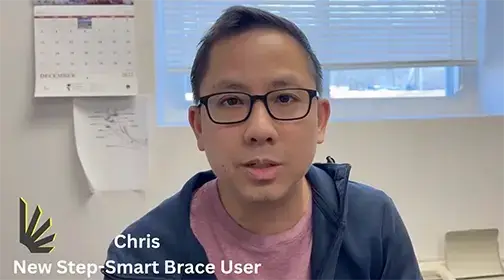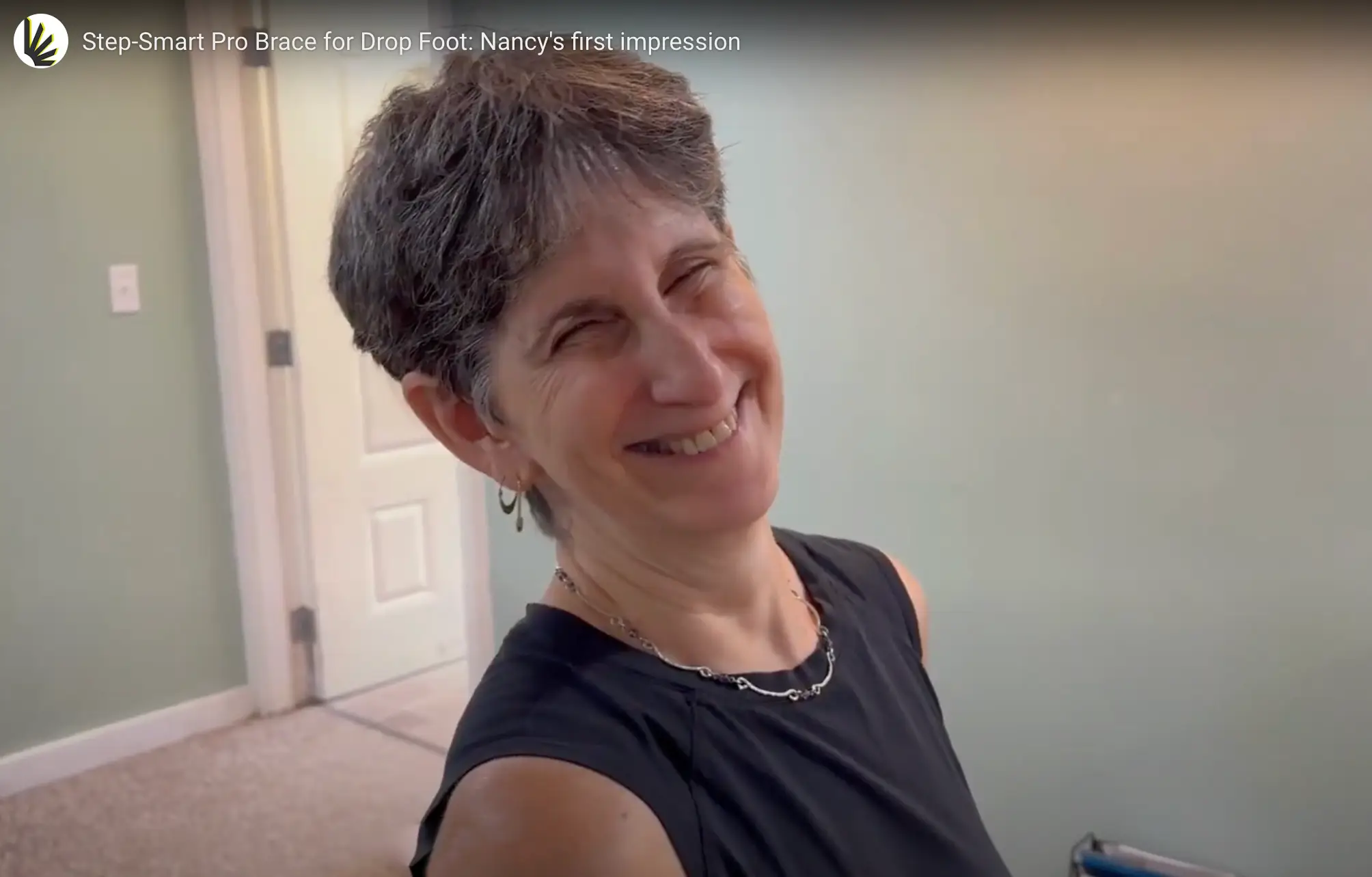
Step Smart Pro Testimonial – Chris with Flail Foot
Hey there, it’s Ian from Insightful. We have Chris here who came from Framingham, MA, and he has flail foot
In this video blog, we discuss the importance of casting the post tib patient’s foot and ankle in a neutral position. If the cast is taken in a full weight bearing position, it can be difficult to provide the needed correction to the AFO or custom ankle brace for posterior tibial tendonitis.
Video Transcript:
Hi, Ian here from Insightful Products. We’re here with Arthur and he’s got posterior tib otherwise known as Posterior tibialis tendonitis. And you can see the bruising here on the medial side where this tendon is being stretched because of the collapse of the medial column. So, this whole medial column here is moving medially when he weight bears.
Can you stand up for a second? You can see it collapsed right like that.
So, if we took a cast in full weight bearing like this with this collapse, we’d never have an opportunity to make any corrections or give him the support that he needs. So, when cast we have to get partially weight baring so we can get him in a position that will hold him up in our bracing solution.
A walker boot like this locks the ankle at 90 degrees to prevent the rotation and the collapse of the medial arch. But it’s not a long-term solution and so he’s here today for a Blaze MI and what that will do is give him the articulation while giving him the support.
So, this has worked out OK. It looks like the doctor put in an arch support in there. Oh, you did that. OK, so not a bad idea to have that inside the cam walker. Again, all the motion that takes place during second rocker is because of the rocker bottom sole, but shoes aren’t made that way and sneakers have the ability for the ankle to move and so we design our braces with that same motion. As you can see with the Blaze MI design there’s an articulation and this allows the person to come up over the foot and allows them to walk easily. the support needed on the medial side is a challenge since there’s a lot of weight coming in through that just small area so what we’re doing is we’re managing the correction with a series of windows and pads so that we can get the correction we need while making it tolerable for the patient to walk.
Thanks for joining us, Arthur, we appreciate it.
No problem.
We’ll see you next week.

Hey there, it’s Ian from Insightful. We have Chris here who came from Framingham, MA, and he has flail foot

Ian here from Insightful. We’d like to introduce the Step-Smart Pro. The difference between the Step-Smart Pro and the regular

Hi, this is Ian from Insightful. Nancy came from Brooklyn, New York to come and see us today. She came
367 U.S. Route 1, Suite 5-S
Falmouth, ME 04105
(207) 885-0414
faq@insightfulproducts.com

Site by Fisher Green Creative. LLC